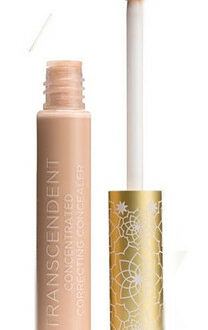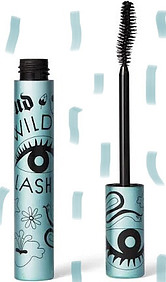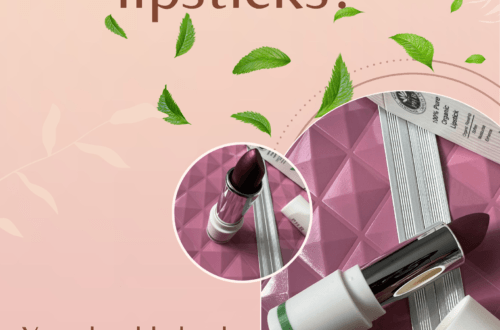Did you peeps know that you can get some contagious skin conditions from using makeup that has been used by an infected person or makeup products and tools that haven’t been cleaned thoroughly?
You have to clean your makeup and make sure to remove all the product from your faces as well before going sleep as bacteria can build up leading to a nasty infection. Yikes!
You have to keep the skin healthy by making sure you look after it, which includes keeping an eye out for when something can go wrong especially with an infection.
Below are a list of some of the most common skin conditions and how they develop as well as the treatment.
Don’t worry though as they are all treatable.
Enjoy!
Conjunctivitis
What it is?
Conjunctivitis is a common eye condition which causes your poor eyes to become red and inflamed. It affects the thin layer of transparent covering in the front of your eye. But don’t worry as it’s easily treatable.
What causes it?
Your eye can get this horrific (joking) condition as a result of: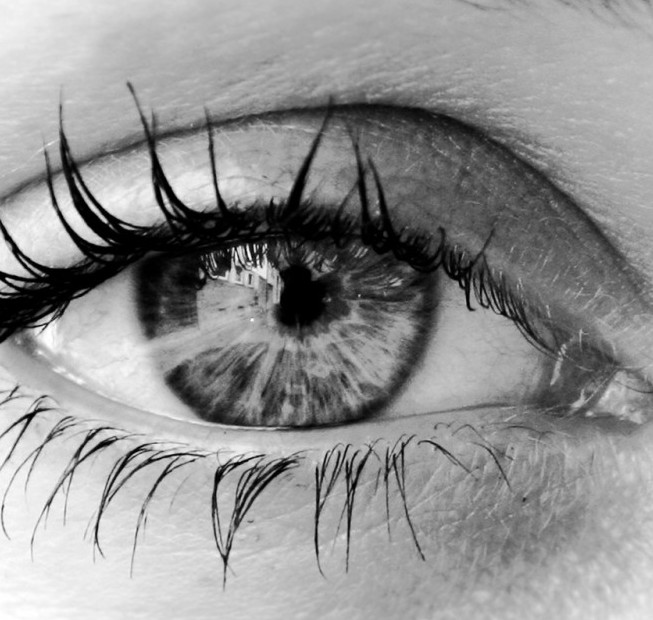
- A viral infection or bacteria, like the cold.
- Allergy due to a reaction from matters such as pollen, dust or animal dander.
- Even sometimes by irration from chemicals or products like shampoos.
You can also get this if you share the same makeup with an effected person.
Symptoms
Symptoms can vary depending on what has caused Conjunctivitis to your innocent eye. But for most causes the main symptom is red eye or pink.
This eye condition makes the eye watery and itchy. The eye can become sticky and make it hard to open due to pus being produced. EEEK! You may also feel a burn in your eyes. Conjunctivitis can effect one or both eyes.
How’s it treated?
Usually if your Conjunctivitis hasn’t become severe, in which case you have to get it checked by a professional, you can use cooled down boiled water (not hot) and carefully as well as gently clean your eyelash or around your eye using a cotton pad (a clean one).
If your eyes feel like they are burning you can use a cold, wet flannel to put on your eyes. Also don’t wear contact lenses and of course do visit a GP as I’m no professional.
Hordeolum stye
What it is?
A hordeolum or stye (whichever you want to call it) is a small but painful lump which could appear on the outside or inside of the eyelid. The lump is usually filled with pus.
What causes it?
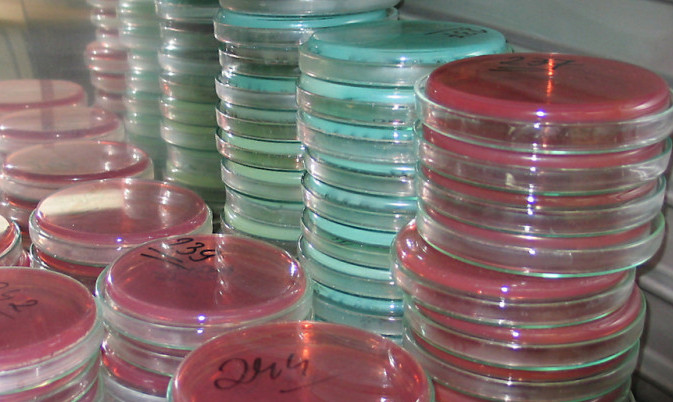
Commonly a bacterial eye infection called staphylococcus (can you pronounce it) is the main cause. If you rub your eyes a lot without washing your hands then you my friends are at a high risk of developing it. O oh! Stye forms when in the eyelid, the oil gland becomes clogged therefore becoming effected.
Not keeping your makeup tools can also cause this too!
Symptoms
The first symptoms is obviously a small, red and painful bump. But other symptoms can vary among different people such as itchy eye, watery or burning sensations, sore or tender eye as well as a gritty feeling or like there is something inside the eye.
How it’s treated?
Like Conjunctivitis, they usually go on their own but just in case and to be on the safe side always visit a GP.
Home remedies to ease the symptoms can include using a warm compress gently hold it against the eye for minimum 5 mins. You should aim to do this about four to five times a day.
The warm compress should cause the stye to release the pus and drain it, helping to remove the infection.
Cold sores
What is it?
Cold sores are tiny blisters which are often clustered together that burst to then become a crust over the sore. Ouch!
The blisters are filled with fluid and can appear on the face anywhere.
What causes it?
Cold sores are commonly caused by the virus, herpes simplex and unfortunately there are no cures for it, so it stays with you and may return. This is why you shouldn’t be sharing products that come into close contact with your skin or other parts of the face.
Cold sore can be brought out by certain things such as fever, stress, cold, allergies or even a sunburn. These aren’t the only factors as there are a few others which can trigger cold sores depending on the individual.
Symptoms
Cold sores happen in stages. Below are a list of these stages.
- Starts off with a burning or tingling feeling as well as itching usually around the lip area.
- Within about 12 to 24 hours sometimes 48 hours, blisters start to develop. They are pus filled and painful.
- The blisters which have formed in clusters usually start to burst and cause fluid to leak out.
- After a scab forms over the sore as it heals.
If it’s the first time this infection has developed then symptoms such as a fever, headache, sore throat or swelling may occur.
How it’s treated
Cold sores usually go on their own after about 2 weeks, but you can get creams to put on if they become a little too painful. To ease discomfort, cloths can be dipped in cold water and put over the sore or you could use ice.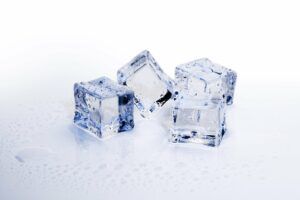
Impetigo
What it is?
It’s a highly contagious skin infection but common, so don’t worry. This type of infection causes blisters and sores to the top layers of skin also known as epidermis.
What causes it?
Impetigo is caused by a bacteria called staphylococcus aureus. This can also be caused by coming in contact with someone who has impetigo. For example touching their bedding, clothing, towels, toys, sharing items that come into close contact with your face etc.
If you have damaged skin with cuts and grazes or insect bites then your also more likely to get impetigo.
Symptoms
Symptoms include an appearance of red sores typically around the nose and mouth area but can spread to other areas of the body.
The sores can be itchy and sometimes a little painful. The sores then rupture to form thick yellowish or golden crust, which then dry to leave a red mark that fades away.
How it’s treated
If you suspect you have impetigo then you should visit the GP where they will usually give you treatments such as creams to apply on the areas or antibiotics.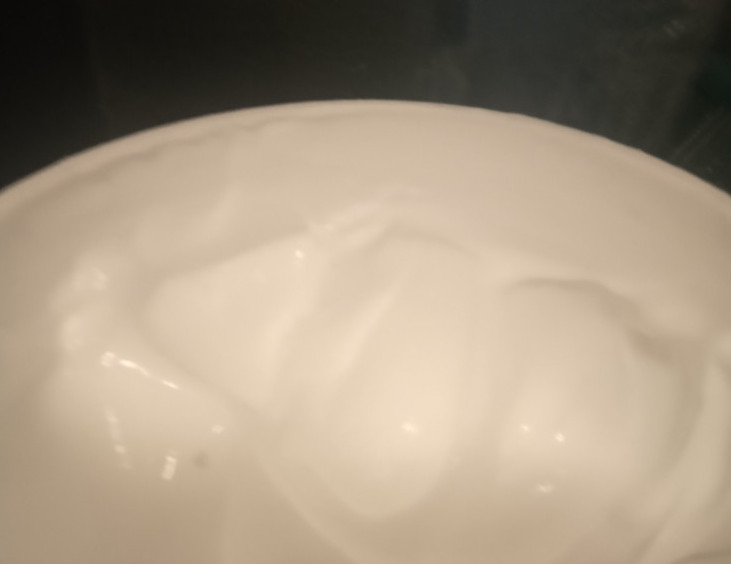
Ringworm
What is it?
Ringworm, no it’s not a real worm, it’s a common type of fungal infection which causes a ring like rash, on the skin. It can appear mostly on arms and legs but can be found anywhere in the body.
What causes it?
This fungal infection is caused by coming in direct contact with infected people or animals. By contact, I mean touching bed sheets, clothing or sharing other items. Even an infected soil.
Symptoms
This includes a red or silvery ring-like rash on your skin. The rash is usually itchy and has raised edges and sometimes inflamed. In your scalp, hair may fall out in the effected area causing bald patches.
How it’s treated
By going to the GP or pharmacist, you will get an anti fungal medicine in the form of maybe a cream or spray to apply on the rash. You have to use the medicine how your told to make sure you eliminate ringworm.
As you can see these skin infections are known to start from other reason then just using unclean makeup items or sharing them, but you should be able to understand how it can easily transfer by you not being careful and handling beauty products without caution.
That’s the end of this article peeps, hope you enjoyed reading it and remember to always visit the GP if you have any doubts.
Have any of you experienced these contagious problems? If yes tell us in the comment section below or where ever it is.
Have a great day!?

